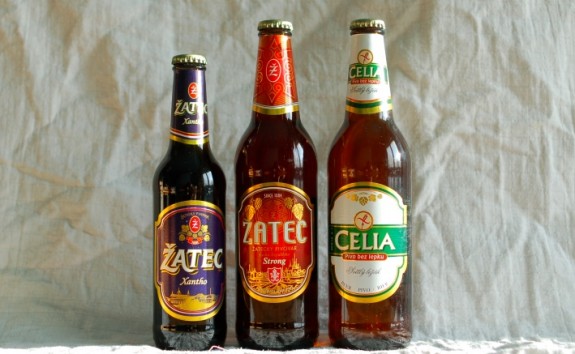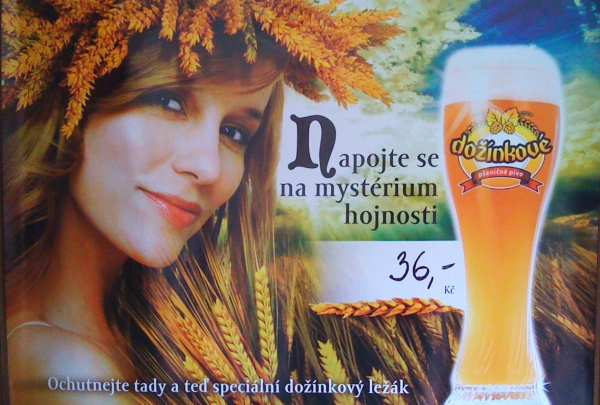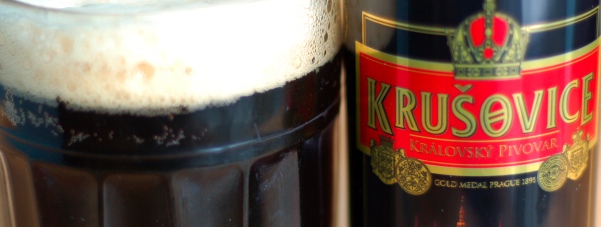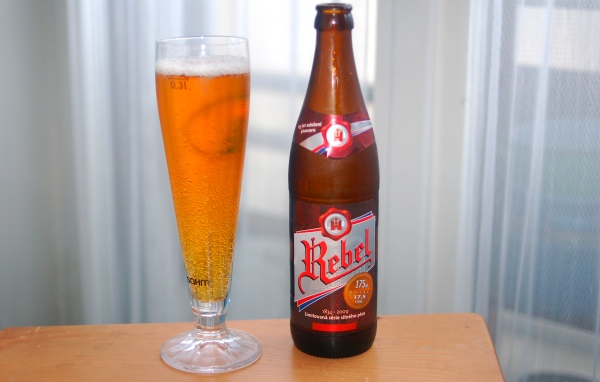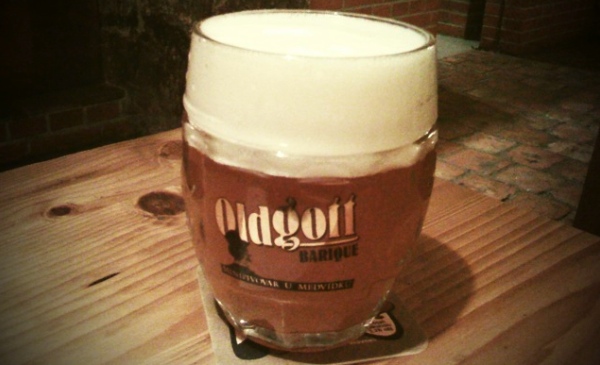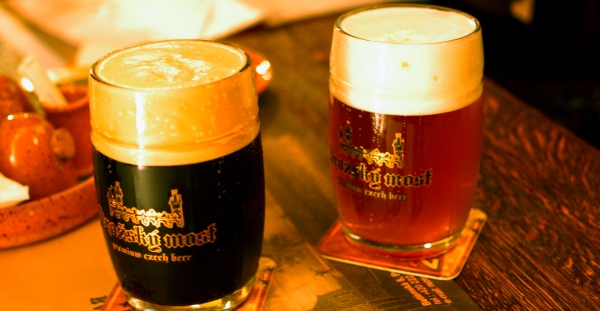It’s always humbling to be called an expert on anything, and the more I learn about Czech beer the more I come to think my expertise extends only as far as the drinking of it. Nevertheless, I was happy to be asked to write some tasting notes for a Czech Beer Festival that took place at the Porterhouse pubs in London and Dublin this past November.
The surprise? The festival lineup went well beyond the expected also-rans and usual suspects. Among the Czech beers we all know quite well were several rarities, as well as a few I hadn’t yet heard of, including what looked like two new beers from Pivovar Žatec, the historic underdog brewery in the great hop-growing town also known as Saaz.

